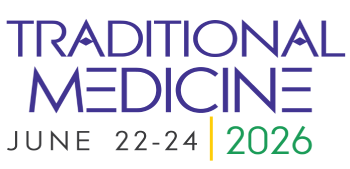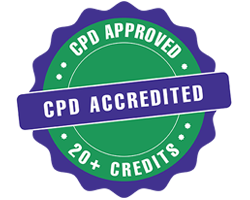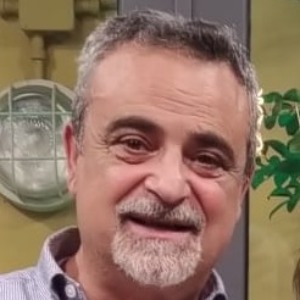Title : Kinesiologic acupressure magnetic treatment a bridge between T.C.M. and applied kinesiology
Abstract:
When an imbalance occurs within the body, it sends out various warning signals— such as pain, dysfunction, or emotional changes—that should not be underestimated. The individual must be considered as a whole, giving emotional well-being equal importance to physical health. Traditional Chinese Medicine (T.C.M.), in its many applications (acupuncture, cupping, tuina massage, moxibustion, therapeutic exercises, etc.), in addition to its role as energetic medicine, offers timely and highly effective support. Applied Kinesiology (A.K.) is equally valuable. This therapeutic system, developed in the 1960s by American chiropractor George Goodheart, aims to restore balance in the body, which is seen as an interactive unit of interconnected systems and functions. It uses the Neuro-Muscular Test, where muscle strength or weakness serves as a signal indicating the presence of a problem. This test functions as a code for communicating with the body—questioning it and receiving answers. This is done through Therapeutic Localization (T.L.): the patient or practitioner touches the area or organ suspected to be the source of the dysfunction while simultaneously performing a muscle test using a designated indicator muscle. The muscle’s response confirms or rules out the suspected origin of the issue. T.L. is also used as an “active point test,” helping determine whether a specific point is currently active. Additionally, neuro-muscular testing can be used to assess the effectiveness of any kind of therapy. A clear parallel between T.C.M. and neuro-muscular testing emerges when examining the concept of health. Health is seen as an ideal equilateral triangle, where all three sides—structure, biochemistry, and psyche—must be kept in balance. These three sides correspond to what T.C.M. refers to as the “Three Treasures”: Jing (the essence that provides the body with developmental potential), Qi (energy in its most undifferentiated form), and Shen (spirit, which in a healthy individual reflects the mind’s capacity to generate ideas and the desire to live). The K.A.MA.T. method (Kinesiologic Acupressure Magnetic Treatment) was developed out of the need for a therapeutic system that can be used with the widest range of patients, offering high levels of tolerability along with a significant reduction in treatment time and, ideally, healing time. The method is based on the clear synergy between T.C.M. and A.K., supported by an effective therapeutic tool: magnetic cups. These provide a threefold T.C.M.-based treatment: Cupping, which removes qi and blood stagnation; Acupressure, via the magnetic tip that presses and stimulates the treatment point; Magnetic needling, which acts deeply through its magnetic field, either tonifying or dispersing, much like a traditional acupuncture needle.




